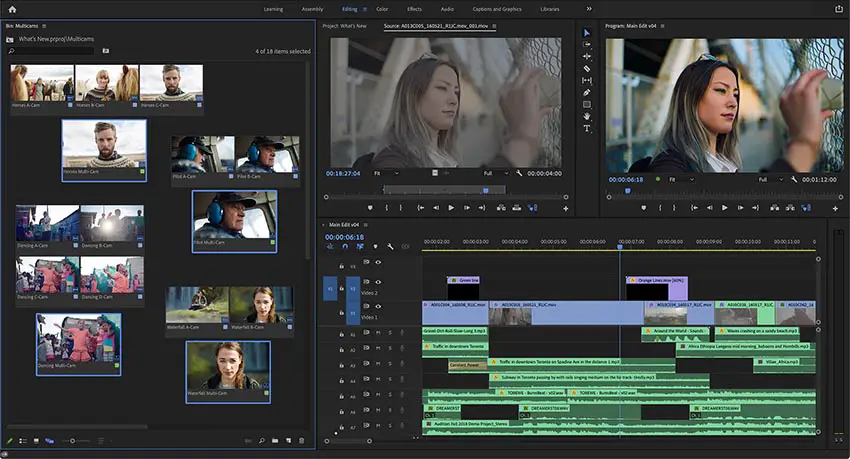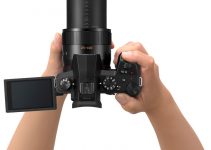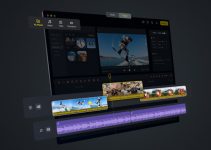There’s always something else to learn about editing. NLEs are loaded with features and shortcuts and hidden tricks that you will never be able to learn everything. If you are just starting out all those buttons and settings are even more intimidating. Getting to know some of the editing tricks in the beginning is essential to getting better and getting faster.
Another list of tricks is coming from Jordy at Premiere Basics. This one is a set of four different types of cuts you can do. Cuts are the core part of editing so figuring out what other options you haven’t thought of yet can give your editing a serious boost.
1. J Cut and L Cut
This is a classic editing technique, and all it takes is some simple work with the razor blade. For something like an interview where you have B roll with some music that cuts over to your subject speaking it is perfect.
The J cut has you trim off some of your video track (only the video track). Bring your speech down to a lower audio track while keeping everything synced. Now, move your video and speech so that the gap you created is gone and the audio is now starting underneath the B roll.
You will start hearing the talent before it cuts directly to the A roll which will smooth out the transition. You may have also noticed that the audio and video track are cut in a way that makes it look like a “J” which explains the name.
If you are cutting from the A roll to the B roll you can do the same thing in reverse. It has a similar effect though the name changes to be an “L” cut.

Image Credit: Adobe
2. Kuleshov Effect
This is a classic if you have ever taken any film analysis classes. It is simply taking two seemingly separate clips and placing them next to each other in order to connect the two.
The example Jordy gives is that if you have someone looking off screen and then you cut to a TV the cut will give viewers the experience that the person is watching the TV. This works even if the shots are very different.
Using the same shot of someone looking off screen and then cutting to another person if might tell the audience that this person is thinking about or looking at that person. Though the effect is best done when someone is looking off screen.
3. Invisible Cut
This may also be referred to as cutting on action. If you watch a movie and don’t notice the cut it is very likely that they are using this trick. By continuing a scene with a cut on action everything just seems super natural and organic.
The audience won’t even notice it, which is usually the goal of editing, and therefore it is an invisible cut.
4. Tight Cuts
A less fun part of editing is just cleaning things up. Especially with people talking you will experience some shifts in the flow of the speech or even just have some gaps. By cleaning up these gaps and making the cuts a lot tighter you can create a nice even pace that will keep viewers engaged.
Do you have any of your own favorite cuts that didn’t make this list?
[source: Premiere Basics]
Order Links:
Disclaimer: As an Amazon Associate partner and participant in B&H and Adorama Affiliate programmes, we earn a small comission from each purchase made through the affiliate links listed above at no additional cost to you.




